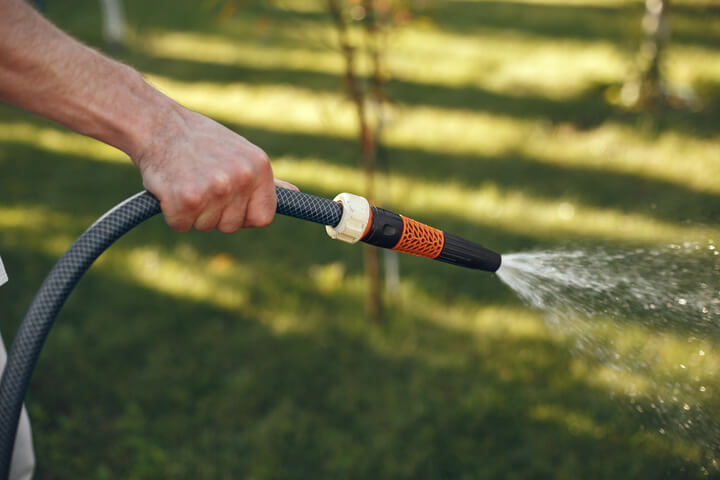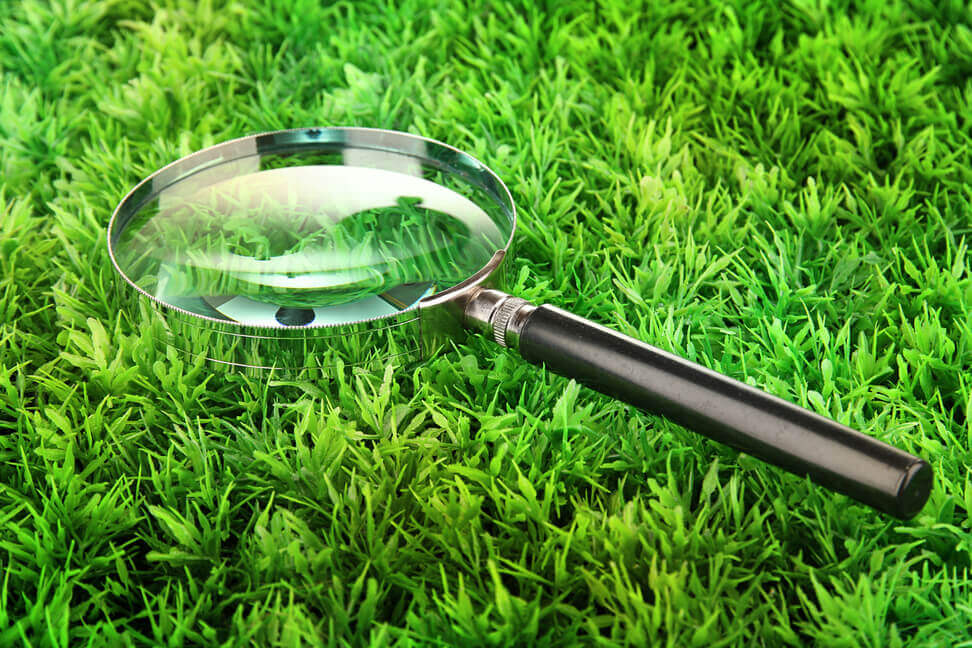Turf Maintenance & Care Services
Artificial Turf Maintenance & Cleaning
There are a lot of myths surrounding artificial turf. One of those myths is that it requires no maintenance at all. However, there are still steps that you should take to keep your artificial turf healthy and looking great.
You'll spend more time enjoying your yard than maintaining it, but investing a little time now will save you lots of time later. Artificial turf maintenance is quick, simple, and takes significantly less time than a natural grass lawn!
A properly maintained artificial turf lawn looks great year-round. You won't have to worry about weeds, pests, or other natural grass problems. With proper artificial turf maintenance, you can expect your lawn to look beautiful for years to come.

Routine Artificial Turf Maintenance & Cleaning
Maintaining your artificial turf is essential to ensure its longevity, performance, and aesthetic appeal. By following proper maintenance practices, you can keep your turf looking lush and vibrant for years to come. Here are the top considerations for turf care:
Regular Maintenance
Long Term Preservation
- Frequency: Seasonally or as needed.
- Why: Disinfectant treatments help prevent the growth of mold, mildew, and bacteria, maintaining a clean and hygienic turf surface.
- Process: Apply an anti-microbial spray or disinfectant solution to the turf surface according to the manufacturer's instructions. Focus on areas prone to moisture buildup or pet traffic for effective sanitation.
- Frequency: Once installed or as needed.
- Why: Tinting low-E windows reduces sunlight reflection, minimizing the risk of turf melt and heat-related damage.
- Process: Consult with a professional to apply window films or tenting to low-E windows, reducing glare and heat transfer. Protecting the turf from excessive heat exposure preserves its appearance and longevity.
- Frequency: Ongoing, especially for irrigation and cleaning.
- Why: Hard water minerals can leave behind a white, chalky film on turf blades, affecting appearance.
- Process: Minimize hard water usage for irrigation or cleaning by installing a water softening system or using purified water. Regularly rinse the turf with clean water to prevent mineral buildup and maintain its pristine appearance.
- Frequency: As needed or seasonally.
- Why: Deoderizer infill helps neutralize odors, especially in pet areas, keeping the turf fresh and inviting.
- Process: Apply deoderizer infill according to manufacturer's instructions, focusing on areas prone to pet use or odor accumulation.
- Frequency: As needed.
- Why: Removing items like trees, plants, bushes, or mulch that shed or can dirty the turf prevents debris buildup and maintenance challenges.
- Process: Replace shedding items with low-maintenance alternatives like river rock or synthetic landscaping materials to minimize turf contamination and maintenance requirements.
Spills and Stains
Encourance prompt Cleanup of spills to prevent staining. Common household stains like food, beverages, pet urine and oil should be addressed immediately.
Use a mild detergent or soap mixed with water to gently scrub the affected area. Rinse throughly with clean water to remove residue.
Avoid using harsh chemicals or solvents that could damage the turf fibers or infill material. Test any cleaning products on a small, inconspicuous area first.
For liquid spills, blot the area with a clean cloth or paper towel to absorb excess moisture. Avoid rubbing, as it may spread the stain or damage the turf fibers.
For stubborn stains or extensive soiling, consider hiring a professional turf cleaning service to ensure thorough and save removal.
By incorporating these maintenance practices into your turf care routine, you can protect your investment and enjoy a beautiful, long-lasting artificial lawn year-round!
How to Clean & Maintain Artificial Turf Long-Term
One of the primary benefits of installing artificial turf is decreased maintenance compared with a natural grass lawn. However, there are still some things that should be removed from the surface as soon as possible. Some of those include:
If you don’t clean up these items immediately, it could damage the turf.

Our Professional Turf Care Services
Our technicians conduct a comprehensive evaluation of the turf's state, identifying any repairs needed and assessing the area needing cleaning and revvitalization. They secure edge that have lifted, make necessary modifications to restore the turf's condition, and eliminate and weeds arising from erosion and sediment buildup.
- Your Cleaning procedure begins with the elimination of debris and revitalization of the turf. This step enhances the drainage system, removes pet hair and deeply embedded waste, and purifies the turf of harmful substances.
- Decompact: Loosen compacted turf fibers to restore resiliance.
- Fluff the Blades: Restore the upright position of turf fibers for a lush appearance.
- Break Up Calcium Buildup: Address mineral buildup to maintain turf health.
- Add Premium Infill or Deoderizer: Optional service at an additional charge.
Application of our Oxy Cleaner and deoderizer fights bacteria and leaves a fresh grass scent while removing debris, pet hairs, and weeds.
Infill refill service rejuvenates turf fibers and restores the lawn's lush appearance using up to .25 lb per SF of infill.
- Address burns, damages, wide seams, boids, and other issues identified during inspection.
- Repairs are charged by the hour plus parts and materials needed.
- First hour is $250, $100 for every subsequent hour
- Minimum Charge: $499
- Rebloom and Refresh: $0.50 per SF
- Refill: $0.25 per SF
How to Remove Snow & Ice from Synthetic Grass
In areas like Texas, where we don't see much snow, we rarely have to deal with having to remove it from our synthetic grass. But, if you're located somewhere that experiences heavy snowfall, you'll want to know how to remove it.
The easiest method is probably just letting nature take care of it. Allow the snow/ice to drip off naturally and melt into the ground. This works well because the melting snow/ice will help water move throughout the soil and keep your lawn healthy. An alternative method is using a push broom to sweep the snow and ice.
How to Prevent Energy Efficient Windows From Burning or Melting Artificial Turf
Texas summers are intense. In fact, according to the National Weather Service, temperatures regularly reach triple digits during the hottest month of July. This extreme weather can cause serious problems for homeowners. For example, direct sunlight shining on artificial grass could potentially melt the turf.
The best way to protect your investment is to install window screening or protective film on the exterior surface of your home’s energy-efficient windows. These low-cost solutions help keep your indoor environment cooler and reduce glare. They also block harmful UV rays from reaching your outdoor landscaping.

Let's get your project started!
Ready to Purchase?
WE HAVE FINANCING OPTIONS!
